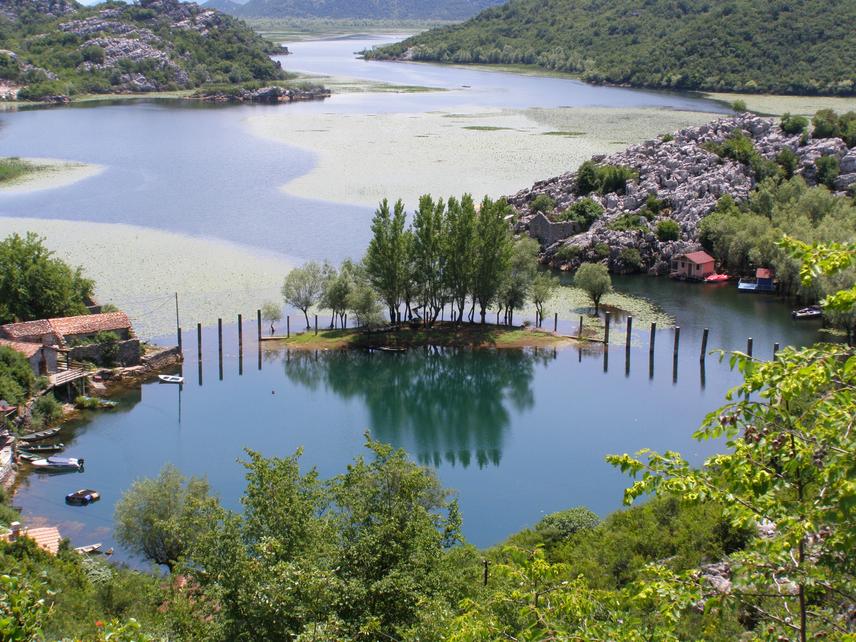Milica Jovanović
Karst springs are ecologically significant freshwater ecosystems, serving as vital water sources and habitats for a wide range of species, including many endemics. Despite their importance, these habitats remain insufficiently studied and poorly protected in the Skadar/Shkodra Lake drainage basin—a biogeographically distinct region within the Balkan biodiversity hotspot. The unique combination of abiotic and biotic factors, along with the area's location within the karst terrain of the outer Dinaric Alps, has led to the development of exceptional ecological values. These values are recognised at the international level, as evidenced by Lake Skadar's designation as a Ramsar Site—a wetland of global importance.

Karuč sublacustrine spring at Skadar Lake. © Milica Jovanović.
This project aims to evaluate the current ecological status of selected karst springs and associated endemic hydrobiid gastropod species in the Skadar Lake basin. Specifically, it will focus on five narrowly distributed endemic species closely tied to these spring habitats: Karucia sublacustrina, Radomaniola lacustris, Radomaniola elongata, Vinodolia (Anagastina) scutarica and Travunijana djokovici. The project will collect critical ecological and distributional data to support conservation planning and management.
Given the region’s ongoing population growth and increasing anthropogenic pressure, a key component of the project will be to raise awareness about the ecological importance of karst springs and the urgent need for their protection. Outreach activities will target local communities, stakeholders, and relevant institutions to promote responsible environmental stewardship.
The project outcomes will be shared with conservation authorities and key stakeholders, including the management teams of National Park “Skadar Lake” and Nature Park “Zeta River.” These findings will inform future conservation efforts, emphasising the need for long-term monitoring and habitat protection measures. Ultimately, the project seeks to contribute to the sustainable preservation of this unique karst ecosystem and its endemic biodiversity.